Although Kenya is known to be home to one of the most diverse or distinct ethnic groups, over 70, a new report released yesterday by the Teachers Service Commission (TSC) revealed that the makeup of the teacher workforce mostly comprises those from the Kalenjin community, falling far short in representing the country’s rich diversity.
Kalenjins are leading in TSC employment and are the only ones with over 70,000 teachers on active duty. Precisely, 73,309, approximately 18% of the total teaching force.
The largest ethnic group in Kenya, Kikuyus, are second with 64,937 teachers, then Luhyas follow in third position with 60,912 tutors in public service.
Nationally, the three tribes, Kalenjin, Kikuyu and Luhya, make up nearly half of the total 406,860 teachers employed on a permanent and pensionable basis by TSC.
> TSC Should Have Representation From Teachers – Orengo
To better understand this disparity, this latest report, which was tabled and read before the Senate Standing Committee on National Cohesion and Equal Opportunity, indicated that these tribes account for about 48% of the teaching profession in the country.
The Kambas and Luos make it to the top five of the list of communities with many teachers employed by TSC with 48,201 and 47,285 educators, respectively, as the Kisiis come sixth with 35,236 teachers equalling 8% of the entire profession.
With the Merus following closely with 25,930 teachers, the report demonstrated how other communities are disproportionately underrepresented, as it means TSC drew 355,810 teachers out of the 406,860 from the seven communities above, accounting for 87%.
Of the 51,050 remaining teaching slots currently occupied by other communities, glaringly, at the bottom, ethnic groups Murulle’s is 14, Elmolo 17, Gosha 20, Njemps 26, Kenyan Arab 23, Sakuye 32, Dorobo 17, and the Rendille have 87 teachers.
Kenyan Asians are nine, and Kenyan Europeans have only one teacher in the TSC payroll.
Equity in the education sector is of grave importance, and diversifying the teaching profession has long been a goal of policymakers and the government. In a statement regarding the report, Dr Nancy Macharia, the Chief Executive Officer of the Teachers Service Commission, said that as astonishingly as it may seem, the educator diversity landscape reflects the distribution of the country’s population.
“The figure is very relative to the population of the country. The commission has achieved ethnic balance at various stages of appointment in that there is no representation of more than one-third of staff coming from the same ethnic community,” Dr Macharia was quoted.
Even though the same trend is seen in TSC itself, whereby the Kikuyus and Kalenjins hold most jobs in its secretariat, the TSC CEO said that many initiatives are underway to expand diversity among its employees to match the country’s rich diversity.
Read: Juma Allan: Tech Guru Who Scored ‘D’ in Maths and Brain Behind M-Pesa Project

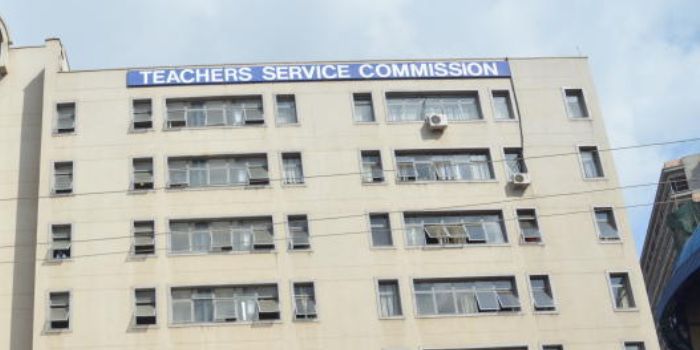


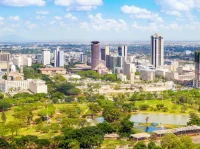




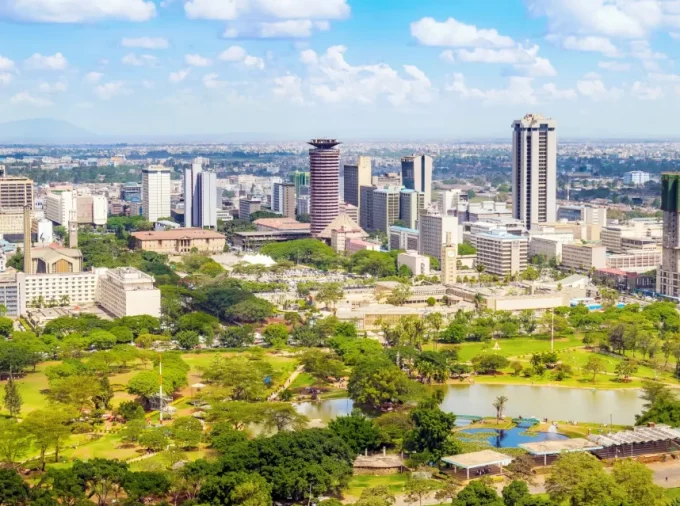

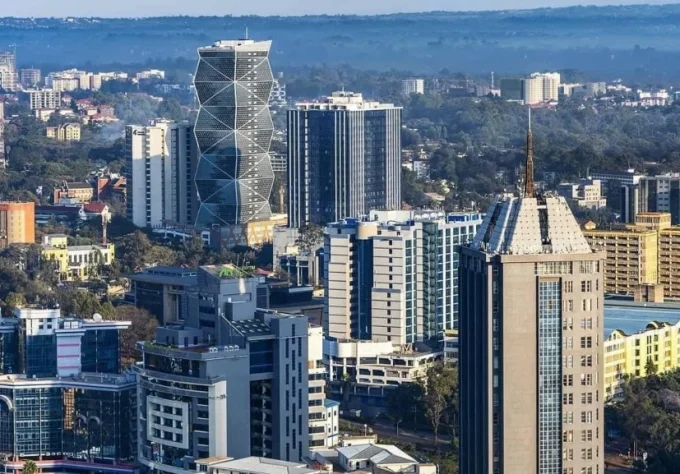
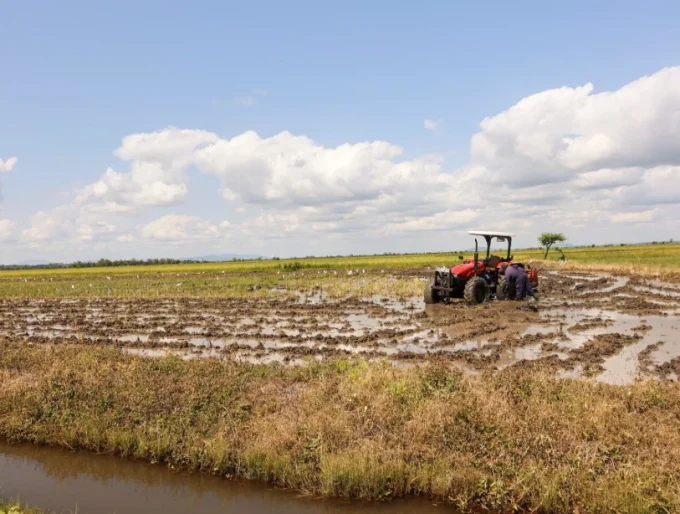
Leave a comment